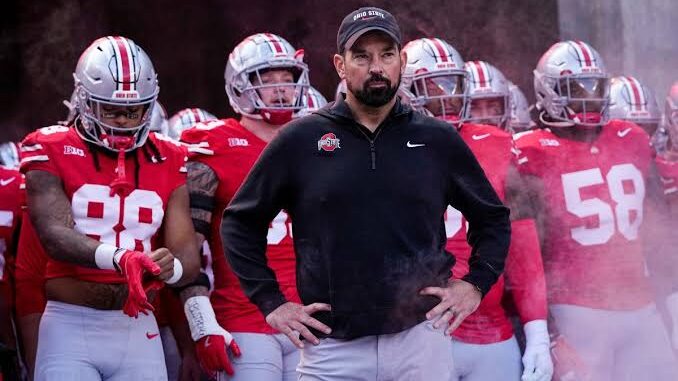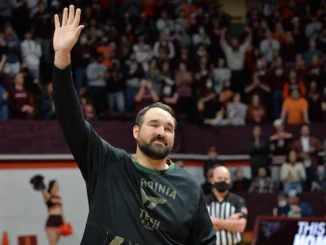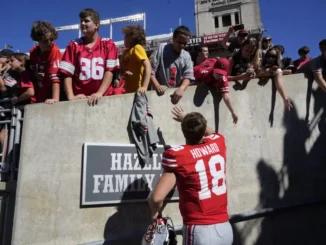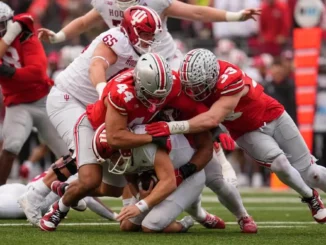
In a significant development that has sent ripples through the college football community, Ohio State’s backup quarterback, Devin Brown, has announced his decision to transfer to the University of California, Berkeley. This move comes on the heels of the Buckeyes’ triumphant national championship victory over Notre Dame, marking a pivotal shift in both programs’ quarterback dynamics.
Devin Brown, a four-star recruit from Gilbert, Arizona, joined Ohio State in 2022 with high expectations. Over three seasons, he appeared in 15 games, completing 27 of 48 passes for 331 yards, three touchdowns, and one interception. Despite his potential, Brown found himself behind starting quarterbacks Kyle McCord in 2023 and Will Howard in 2024, limiting his opportunities to showcase his talents.
In December 2024, Brown entered the NCAA transfer portal but chose to remain with the Buckeyes through their College Football Playoff run, demonstrating commendable commitment to his teammates. Following the championship win, he confirmed his transfer to Cal, where he aims to secure a starting role and revitalize the Golden Bears’ offense.
Brown’s departure is poised to have significant implications for both Ohio State and Cal. For the Buckeyes, his exit intensifies the competition among the remaining quarterbacks, including Julian Sayin, a transfer from Alabama, and incoming five-star recruit Tavien St. Clair. The coaching staff will need to reassess their depth chart and develop strategies to integrate these talents effectively.
At Cal, Brown’s arrival is timely, especially following the transfer of former starting quarterback Fernando Mendoza to Indiana. Brown brings a blend of experience and a strong arm, attributes that could significantly enhance the Golden Bears’ offensive capabilities. His leadership and familiarity with high-stakes games are expected to be invaluable assets as Cal seeks to improve its standing in the Pac-12 conference.
This transfer underscores the evolving landscape of college football, where player mobility through the transfer portal can rapidly alter team dynamics. For Ohio State, it presents an opportunity to develop emerging talents, while for Cal, it offers a chance to rebuild and strengthen their offensive lineup. As both programs adjust to these changes, fans and analysts alike will be keenly observing how these decisions impact their performances in the upcoming season.
In conclusion, Devin Brown’s move to Cal is a decision that holds considerable weight for both institutions. It highlights the strategic considerations players must navigate in their collegiate careers and the broader implications such transfers have on the competitive landscape of college football. As the 2025 season approaches, all eyes will be on how Brown adapts to his new environment and how Ohio State compensates for his departure.



Be the first to comment